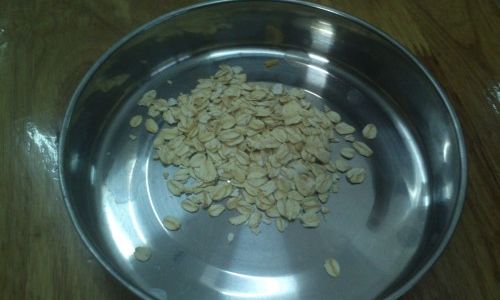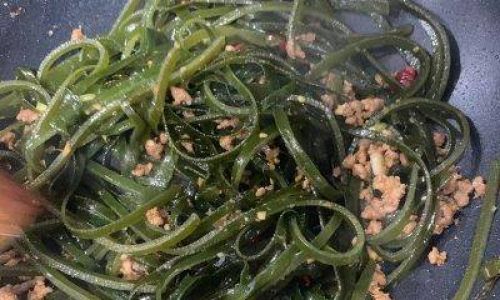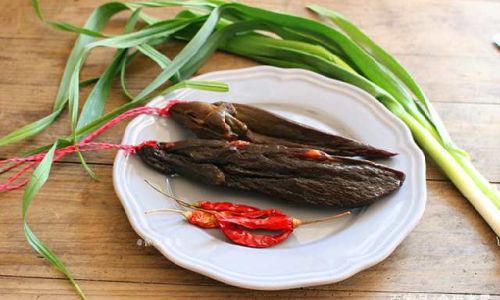Introduction
Oatmeal, a staple breakfast food enjoyed by millions worldwide, is renowned for its nutritional benefits and versatility. Whether you prefer it creamy and smooth or chunky and hearty, one question often arises: how long should you cook oatmeal to achieve the perfect consistency? This comprehensive guide aims to demystify the cooking process of oatmeal, exploring various types of oats, cooking methods, and the ideal cooking times to ensure your morning meal is both delicious and nutritious.
Understanding the Types of Oats
Before diving into cooking times, it’s crucial to understand the different types of oats available, as they each have unique textures and cooking requirements.

-
Instant Oatmeal
- Description: Pre-cooked, dried, and often flavored, instant oatmeal requires minimal preparation.
- Cooking Time: Generally, instant oatmeal needs only hot water or milk added and can be ready in about 1-2 minutes. Some varieties may require microwave heating for 2-3 minutes.
- Pros: Extremely convenient; quick to prepare.
- Cons: Often contains added sugars and preservatives; less nutritious than whole oats.
-
Quick-Cooking Oats
- Description: These oats are partially cooked and rolled thinner than traditional oats, reducing cooking time.
- Cooking Time: Quick-cooking oats typically take around 2-5 minutes on the stovetop with boiling water or milk.
- Pros: Faster cooking than rolled oats; still relatively nutritious.
- Cons: Slightly less fiber and nutritional value compared to steel-cut or rolled oats.
-
Rolled Oats
- Description: Also known as old-fashioned oats, these are whole oats that have been steamed and flattened into flakes.
- Cooking Time: Rolled oats generally take 5-10 minutes to cook on the stovetop with boiling water or milk.
- Pros: Retain more fiber and nutrients; versatile for various recipes.
- Cons: Longer cooking time than instant or quick-cooking oats.
-
Steel-Cut Oats
- Description: These oats are whole oat kernels that have been cut into small pieces, resulting in a chewier texture.
- Cooking Time: Steel-cut oats require the longest cooking time, typically 20-30 minutes on the stovetop.
- Pros: Highest nutritional value; rich, creamy texture when cooked properly.
- Cons: Time-consuming to prepare; can become gluey if overcooked.
Cooking Methods and Techniques
Now that we’ve covered the types of oats, let’s explore different cooking methods and techniques to ensure perfect results.
-
Stovetop Cooking
- Preparation: Begin by bringing water or milk (or a combination of both) to a boil in a saucepan. The ratio of liquid to oats can vary based on personal preference, but a common ratio is 2 parts liquid to 1 part oats for a creamy consistency.
- Cooking: Add the oats to the boiling liquid, stir, and reduce the heat to low or medium-low. Stir occasionally to prevent sticking and burning.
- Timing: Follow the cooking times mentioned above for each type of oat.
- Tips: For creamier oatmeal, use more milk or add a splash of cream or butter during cooking. For added flavor, incorporate spices like cinnamon or vanilla extract.
-
Microwave Cooking

- Preparation: Place oats and liquid in a microwave-safe bowl. Again, the liquid-to-oat ratio can be adjusted to taste.
- Cooking: Microwave on high for 2-5 minutes for quick-cooking oats or 5-7 minutes for rolled oats, stirring halfway through. Steel-cut oats are not ideal for microwave cooking due to their longer cooking time and tendency to become unevenly cooked.
- Timing: Adjust cooking time based on your microwave’s power and desired consistency.
- Tips: Cover the bowl with a microwave-safe lid or plastic wrap to prevent splattering and to help the oats cook more evenly.
-
Overnight Oats
- Preparation: This no-cook method involves mixing oats with liquid (such as milk, yogurt, or a non-dairy alternative) and placing them in the refrigerator overnight.
- Cooking: There’s no actual cooking involved; the oats soften and absorb the liquid as they chill.
- Timing: Prepare the oats in the evening and enjoy them in the morning.
- Tips: Add toppings like fresh fruit, nuts, seeds, or honey before serving for added flavor and nutrition.
-
Slow Cooker/Crock-Pot Cooking
- Preparation: Combine oats, liquid, and any desired flavorings in a slow cooker.
- Cooking: Set the slow cooker to low and cook for 4-6 hours for steel-cut oats or 2-4 hours for rolled oats. Quick-cooking oats are not suitable for this method as they can overcook and become mushy.
- Timing: Perfect for those who want to set it and forget it, allowing the oats to cook slowly while you’re busy with other tasks.
- Tips: Stir occasionally, especially towards the end of cooking, to prevent sticking and ensure even cooking.
Factors Affecting Cooking Time
Several factors can influence the cooking time of oatmeal, including:
- Oat Type: As discussed, different types of oats have varying cooking times.
- Liquid-to-Oat Ratio: More liquid generally results in creamier oatmeal but may require longer cooking to reach the desired consistency.
- Altitude: Higher altitudes can affect boiling points and evaporation rates, impacting cooking times.
- Cookware: The material and thickness of your cookware can affect heat retention and cooking efficiency.
- Temperature Control: Maintaining a consistent, gentle heat is crucial to prevent burning and ensure even cooking.
Conclusion
Cooking oatmeal may seem straightforward, but achieving the perfect texture and flavor requires attention to detail and an understanding of the different types of oats and cooking methods. Whether you’re pressed for time and opt for instant oatmeal or prefer the rich, creamy texture of steel-cut oats simmered slowly, this guide provides the insights you need to make every bowl of oatmeal a delightful and nutritious experience. Experiment with different oats, cooking methods, and toppings to find your perfect oatmeal recipe and start your day off on the right foot. Happy cooking!





0 comments